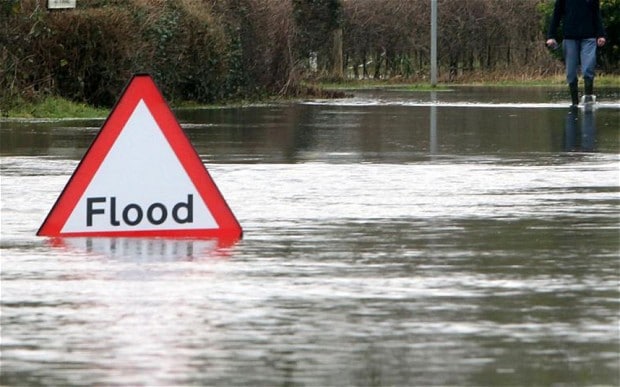Central Europe floods expected to drive billions of EUR in total losses, says Aon
- September 22, 2025
- Posted by: Jack Willard
- Category: Insurance

The recent severe flooding that impacted Central Europe as a result of continuous rain from September 12-16 is expected to become one of the costliest events on record for the region, with billions of EUR in total losses, according to global re/insurance broking group Aon.
Data disclosed by insurers and associations across the region suggests that total insured property losses stemming from the event will most likely succeed €1.5 billion.
If you recall, Gallagher Re recently revealed its estimates for insured losses from the floods in central Europe, with the broker noting that they are likely to range between EUR 2.0 to 3.0 billion (USD 2.2 to 3.3 billion).
In their weekly catastrophe report, Aon explained that substantial damage occurred in parts of the Czech Republic, Poland, and Austria, with additional impacts reported in Slovakia, Romania, and elsewhere.
As of writing, at least 28 people have been killed due to the flooding, while several others remain missing.
In the Czech Republic, the national insurance association initially expected CZK17 billion ($750 million) of total insured losses, split roughly in half between residential and commercial/industrial claims. Aon stated that this estimate will evolve in the coming weeks, with roughly 19,000 claims with losses of CZK2.0 billion ($89 million) already registered by September 18.
The event is also very likely to rank among the costliest events for Polish insurers on record, while the situation in Austria is still quickly evolving and most insurers based in the country are yet to provide an expectation of losses.
Impacts from the flooding in Slovakia were substantially lower and were largely limited to western and northwestern parts of the country, Aon said.
The main synoptic feature associated with the flooding was the low-pressure system Boris, which developed in the central Mediterranean and later stalled over the Central European region as a very humid Genoa low, bringing multiple rounds of torrential rain that lasted for several days.
According to Aon, another key factor that contributed to the severity of the event was the substantial decrease in temperatures caused by an ingression of very cold air of polar origin, which limited evaporation and resulted in the retention of water in the catchments.
However, the event was reportedly forecasted well in advance, allowing for ample preparations, revision of warning systems, evacuation plans, and effective water management to be made, in order to make the most of the retention capacity of existing reservoirs, Aon noted.
Torrential rainfall occurred primarily in the Czech Republic, particularly impacting Moravia and Silesia. While extreme amounts of rain affected the northern windward side of the Alps, especially within southern parts of Lower and Upper Austria in Austria, as well as the region west of Vienna.
Aon explained that the situation gradually deteriorated over the weekend following the continuous rain on September 15. At the peak of the event, more than 270 locations reported flood stage, of which 120 exceeded the third, highest level.
As of September 19, emergency services responded to nearly 20,000 incidents since the start of the event in total, and more than 12,000 people were evacuated nationwide.
Whereas, in Austria, extreme amounts of rain that fell resulted in widespread flooding, particularly in Lower Austria
(Niederösterreich) which was declared a disaster area (Katastrophengebiet) on September 15.
Damage and disruption was also reported from Vienna, as the local river Wien overflowed its banks, and the Metro system was also significantly affected.
As well as this, additional flooding incidents were also reported in Styria, Upper Austria, and elsewhere.
As for Poland, widespread flooding occurred in southwestern and southern parts of the country, and by September 18, the State Fire Service conducted more than 22,000 interventions related to the event.
The flooding also killed seven people in Romania, as heavy rains and flooding related to the low-pressure system
Boris affected parts of the country, notably the eastern counties.
This website states: The content on this site is sourced from the internet. If there is any infringement, please contact us and we will handle it promptly.



